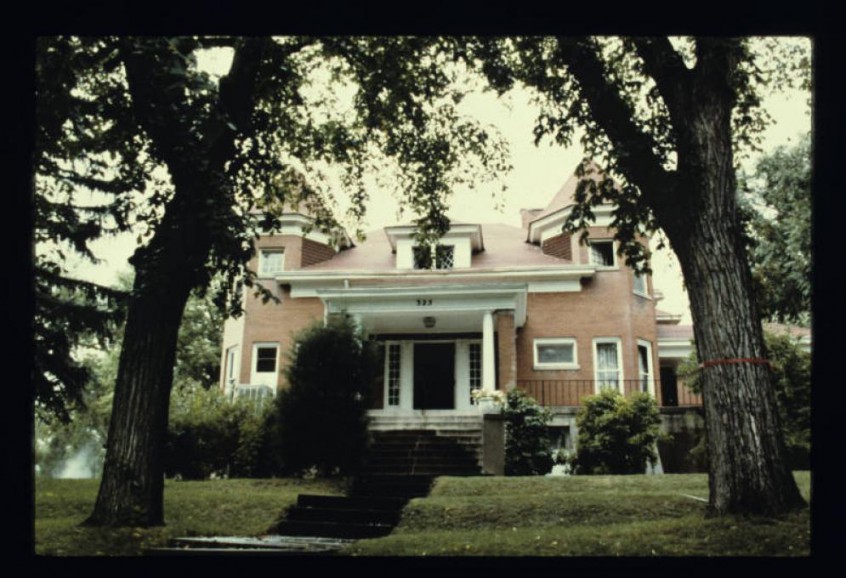The majority of the area was annexed to the City in September, 1896. Boundaries of what might be termed ‘Old Barnum’ were Lakewood Gulch, Alameda Avenue, the Platte River and Tennyson Street. The neighborhoods of Barnum, Barnum West, Villa Park and Valverde generally make up the Old Barnum. The remainder of the neighborhood of Barnum West became a part of Denver under the Session Laws of Colorado in 1901.The construction of West 6th Avenue freeway in the 1950s physically separated Villa Park from the rest of Old Barnum. Federal Boulevard further divided Valverde from the other areas.
The first claim for land in the district was granted to Daniel Witter in 1865. After several transfers of ownership, P. T. Barnum of the Barnum and Bailey Circus became interested in the area as a winter location for his show between performing seasons. In 1882, Barnum purchased 760 acres and platted the first subdivision. However, before any major development occurred the property underwent additional transfers of ownership. Not until after the turn of the century was the land again subdivided. Winding driveways were laid out on practical lines, evidently to attract the middle class. These are no longer evident in Barnum, but can still be seen in the Valverde neighborhood.
Churches have played a leading role in the history of the neighborhoods. Barnum’s first house of worship was a small Dunkard church on Irving, just south of Ninth Avenue. When its mission was finished, it moved farther up the hill and became a dwelling.
Several buildings that were built in the late 1800s are still standing today. A community building was built at 6th and Knox Court, with a jail underneath and firehouse in this building. The store building at West First Avenue and Hooker Street was built in the 1890s. The store and post office adjoined a dance hall. In 1892, the “Greenhouses” which were located at West Ellsworth Avenue and Lowell Street were built and served the community until 1978 when they were closed down. They were demolished in 1982. The Bowman House was built in 1910, and still stands today on the hill at King Street and West Fourth Avenue.
Mr. Bowman was an architect and designed East High School, Masonic Temples and the Cosmopolitan Hotel. He lost his fortune in the 1929 stock market crash, and the house was used until 1966 as a nursing home. It was acquired as a home for troubled boys. Many of the streets in the Barnum Subdivision were originally named after famous people by P.T. Barnum.



